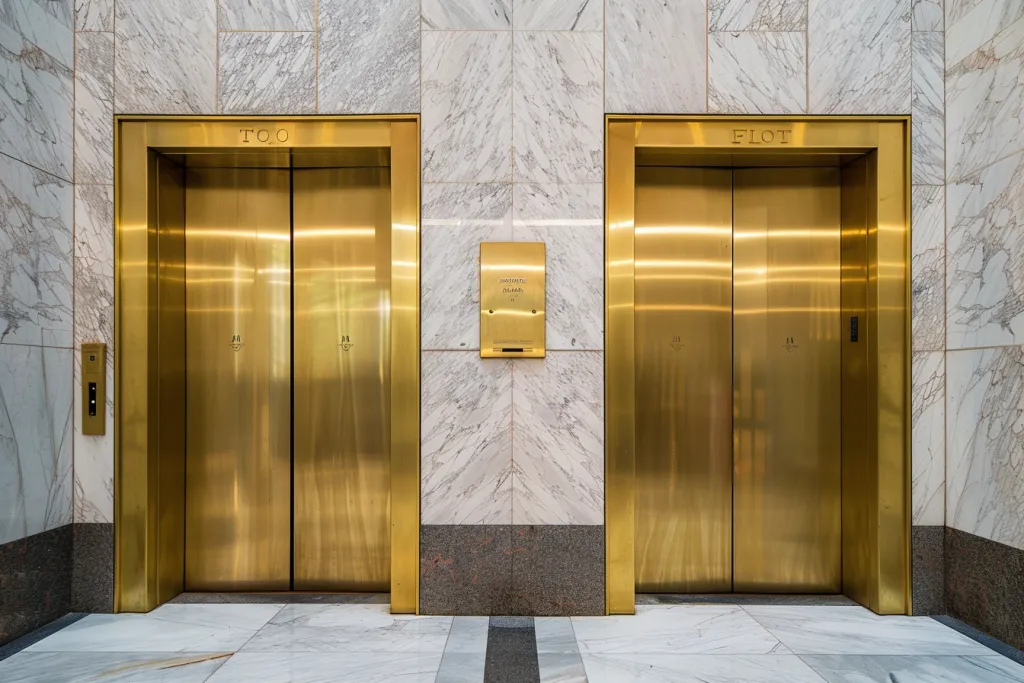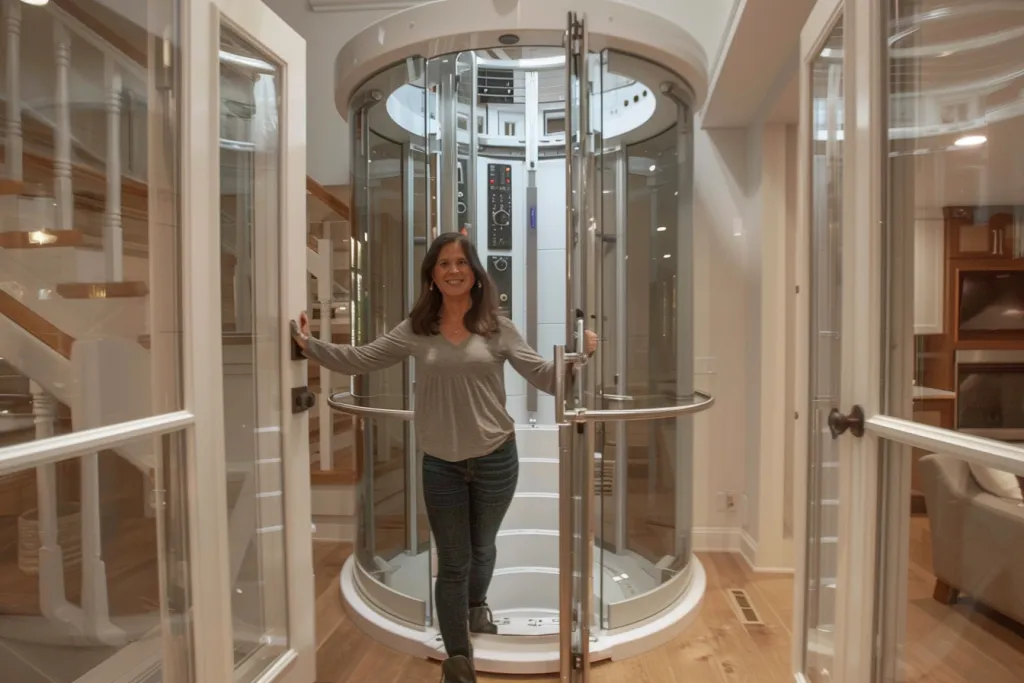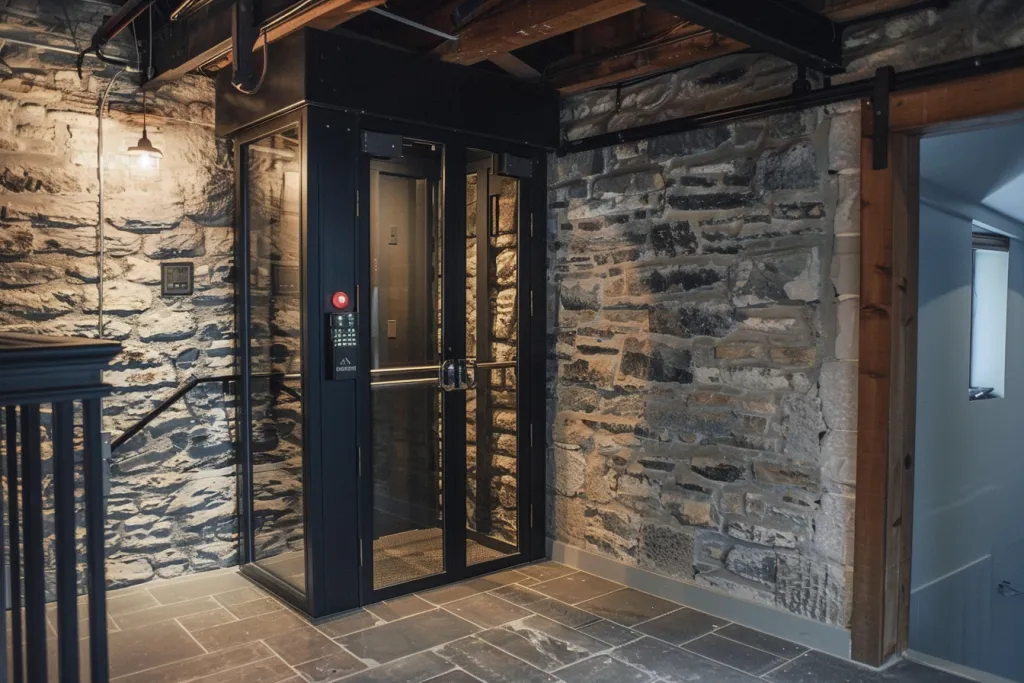Elevators are an integral part of modern architecture, silently whisking people and goods between floors with efficiency and ease. This machinery marvel has evolved significantly since its inception, incorporating advanced technology to enhance safety and performance. In this article, we’ll explore the workings of elevators, how to use them, their costs, and some of the top models available on the market.
Table of Contents:
– What is an elevator?
– How do elevators work?
– How to use an elevator
– How much does an elevator cost?
– Top elevators
What is an elevator?

An elevator, also known as a lift, is a type of vertical transportation device that moves people or goods between floors of a building or structure. The concept of elevators dates back several centuries, but the form and function we’re familiar with today began to take shape in the 19th century. Elevators are a staple in multi-story buildings, essential for accessibility and efficient vertical movement. They come in various types, including passenger, freight, and service elevators, each designed to meet specific needs.
How do elevators work?

Elevators operate on a simple yet ingenious mechanism that balances efficiency with safety. The core components of an elevator system include the car, counterweights, sheaves, and a motor. The car is the cabin that transports passengers or freight. Counterweights, typically weighing about the same as the car when half-loaded, help balance the load, making it easier for the motor to move the elevator up and down. Sheaves are pulleys that guide the cables connected to the car and counterweights. Modern elevators also incorporate sophisticated control systems to manage the elevator’s movement, speed, and stopping with precision.
The most common type of elevator mechanism is the traction elevator, which uses steel ropes and a pulley system. The motor drives the sheaves, moving the ropes and, consequently, the car. For safety, elevators are equipped with multiple systems, including brakes that engage in the event of a power failure or excessive speed. Another type, the hydraulic elevator, uses a hydraulic ram to lift the elevator car. These are typically found in lower-rise buildings due to their slower speeds and limited height capabilities.
How to use an elevator

Using an elevator is a straightforward process, but understanding its operation can enhance safety and efficiency. Upon approaching an elevator, users press the call button corresponding to the direction they wish to go. Inside the car, buttons for each floor allow passengers to select their destination. Modern elevators may use sophisticated dispatching systems where passengers input their destination before entering, and the system directs them to the specific elevator that will take them to their floor most efficiently.
Safety is paramount when using elevators. It’s essential to allow passengers to exit before entering, stand clear of the doors, and promptly exit upon reaching your floor to avoid delaying the elevator. In case of an emergency, such as being stuck in an elevator, use the emergency communication button to alert building maintenance or emergency services. Regular maintenance and adherence to safety guidelines ensure elevators operate smoothly and safely.
How much does an elevator cost?

The cost of an elevator varies widely based on its type, capacity, speed, and the complexity of the installation. Residential elevators can range from $10,000 to over $100,000. The lower end of the spectrum typically includes basic models with standard features, while the higher end encompasses luxury elevators with custom designs and advanced technology. Commercial elevators, due to their larger size and higher capacity, can cost anywhere from $75,000 to over $150,000. Installation costs can significantly affect the total price, especially in existing buildings where retrofitting may be necessary.
Maintenance and operation costs also contribute to the overall expense of owning an elevator. Regular maintenance is crucial to ensure safety and extend the lifespan of the elevator, with annual costs ranging from a few hundred to several thousand dollars, depending on the complexity of the system and usage patterns.
Top elevators

When it comes to choosing an elevator, several manufacturers stand out for their quality, innovation, and reliability. Otis, Schindler, and Thyssenkrupp are among the top names in the industry, offering a range of models suited for different needs. Otis’s Gen2 series is renowned for its energy efficiency and smooth ride. Schindler’s PORT technology revolutionizes the way elevators are called and dispatched, enhancing efficiency and user experience. Thyssenkrupp’s MULTI is a cutting-edge ropeless and horizontally moving elevator system, showcasing the future of vertical transportation.
Each of these models embodies the advancements in elevator technology, focusing on safety, efficiency, and sustainability. When selecting an elevator, it’s essential to consider the specific needs of the building and its occupants, as well as the long-term costs of operation and maintenance.
Conclusion:
Elevators are a fascinating blend of engineering and technology, essential for the vertical movement of people and goods in multi-story buildings. Understanding how they work, how to use them safely, and the costs involved can help individuals and businesses make informed decisions when installing or using elevators. With continuous advancements in technology, the future of elevators looks even more efficient, safe, and user-friendly, promising to elevate our vertical transportation experience to new heights.




